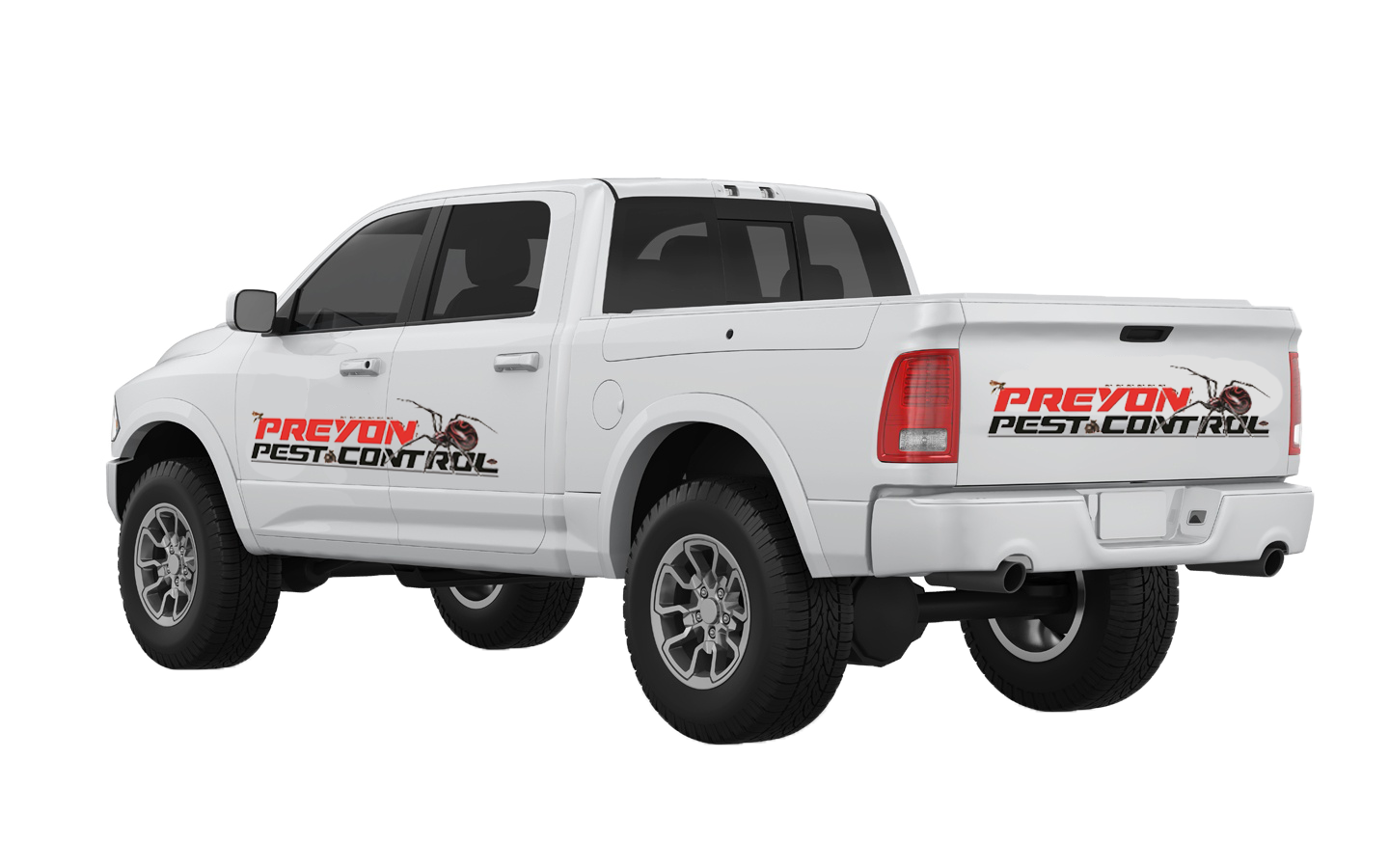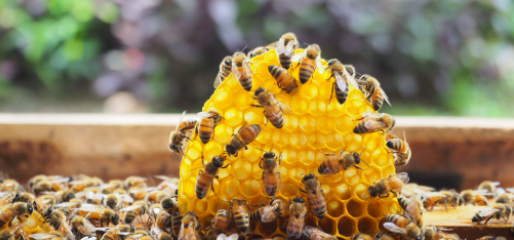Pre-Construction Termite in Chicago: Why Put Your Biggest Investments at Risk?
Builders are paying close attention to techniques to make their properties stand out to buyers as the housing and construction market in Illinois continues to grow. From lending institutions stepping up and requiring pest pretreatment to treat new buildings in Chicago to cities adopting international building codes that include pretreats on all new construction from the commercial to residential sectors. Pretreatment for termites during the construction phase is a new trend that can prevent termites from appearing in all new structures. Builders can provide peace of mind to potential customers and developers by taking proactive measures such as termite pretreatment and pre-construction termite pretreatment.
We Use Cutting-Edge Technologies. Pre-Construction Termite Services
Preyon Pest Control employs cutting-edge techniques to apply long-lasting treatments to the soil prior to the start of construction work. A preconstruction horizontal soil treatment followed by a post-construction perimeter treatment is the primary method for termite pretreatment of a building. The first treatment is applied early in the construction process, before the foundation is poured.
The second treatment is applied shortly after the structure and any landscaping around it have been completed. Putting up these barriers treat termites out of your house or commercial building for many years. These and other pests can enter homes and offices by chewing through wooden walls if not properly pretreated for termites. Insects may also nest in the soil around a building before invading it.
Those who do treatments Have Been Saved! Treatments for Termites and Pest
Developers who use pretreatments are making a wise investment that will reap numerous benefits. Pest control saves money on insecticides, extermination services, and structural repairs. It also protects the health of the people who live in a building. Pest-free properties typically have higher resale values and treatments can provide that.
Building Practices to Reduce and Treat Termite Infestation – Protecting the Wood Foundation
- Thoroughly prepare the construction site for treatmets. The goal is to have no wood scraps, stumps, form boards, wooden grade stakes, or other cellulose products beneath the construction site. After the slab has been poured and cured, it is critical to remove all form boards and stakes. Failure to follow this practice results in a wood-soil contact, giving termites easy access to infest.
- Do not bury scrap lumber, paper, or other cellulose debris in fill dirt under porches or other areas. • Ventilating and draining crawl spaces reduces the amount of moisture under homes and buildings. Installing proper vapor moisture barriers and ventilation to achieve a vapor barrier can help to reduce humidity in crawl spaces. • Adequate ground clearance of at least 24 inches allows workers proper access to all areas, provides proper ventilation of the space and allows access for future termite inspections. A thorough baiting inspection is required to prevent future termite damage. • If the soil around a structure is constantly moist, liquid termites are more likely to infest it. Check that liquid water is draining away from the foundation and crawlspace. Install gutters and downspouts as needed to divert water away from the foundation wall of the home.
- Avoid direct soil-to-wood contact with any part of the structure! Even treated wood should not come into contact with the soil, with the exception of pressure-treated wooden piling foundations.
- For new buildings with slab foundations, ensure that the slabs are thick and high enough to keep the lower edge of the exterior siding from contacting the soil. Allow at least 6 inches of clearance. Keep in mind that leaf, mulch, and soil accumulations tend to reduce ground clearance over time. Even if the siding is not susceptible to termites, it should not come into contact with soil or mulch because termites can enter the building behind the siding and go undetected.
- Use termite-resistant treated lumber for sill plates and other areas prone to termite entry or wood decay.
- Prevent liquid plumbing leaks and other sources of water in the crawl space. Condensation from air conditioners and other appliances should be directed to the outside of the house rather than under the crawl space.
- Exhaust from clothes dryers should be vented to the outside of the building rather than under the crawl space. Excess condensation and moisture result from venting the clothes dryer into the crawl space, which is beneficial to termites.
- Ensure that outdoor window ledges, porches, patios, walkways, and the final landscape grade slope away from the building so that water does not funnel against or into it.
- To avoid water leaks, properly install roofing and flashing. Roof leaks can allow termites to survive and colonize structures above ground without coming into contact with soil.
- Avoid landscaping too close to the house’s foundation, where digging will disturb the treated soil barrier or mature plants will obstruct proper inspection. Termites are attracted to vegetation because it traps moisture.
- Mulching around the foundation with shredded wood or bark chips helps retain moisture and serves as a food source for termites. According to studies, cedar, cypress, and redwood mulches may resist termites at first, but they are still a food source over time. A solid piece of wood is preferred by termites over mulch. Many experts recommend that you use no more than three to four inches.
Additions to Homes and Buildings Should Be Properly Pretreated – Construction Termite Treatment
Make certain that additions to existing homes or buildings are properly pretreated. Failure to pretreat additions is a common cause of termite infestation, allowing termites to infest both the original structure and the addition. Failure to properly pretreat additions may void any termite contract on the original building.
The ultimate goal is a finished building that is less vulnerable to current or future termite invasions. However, these measures will not provide adequate protection on their own.
To provide the best protection against termite invasion, proper termite pretreatment is required. Get peace of mind and treat protection right away!
Call Preyon Pest Control today for a free pre-treatment estimate!
For professional termite pretreatment services in Chicago, IL, or the surrounding area, contact us at (708) 400-0101. Our goal is for you to feel safe and at ease in your own home.




